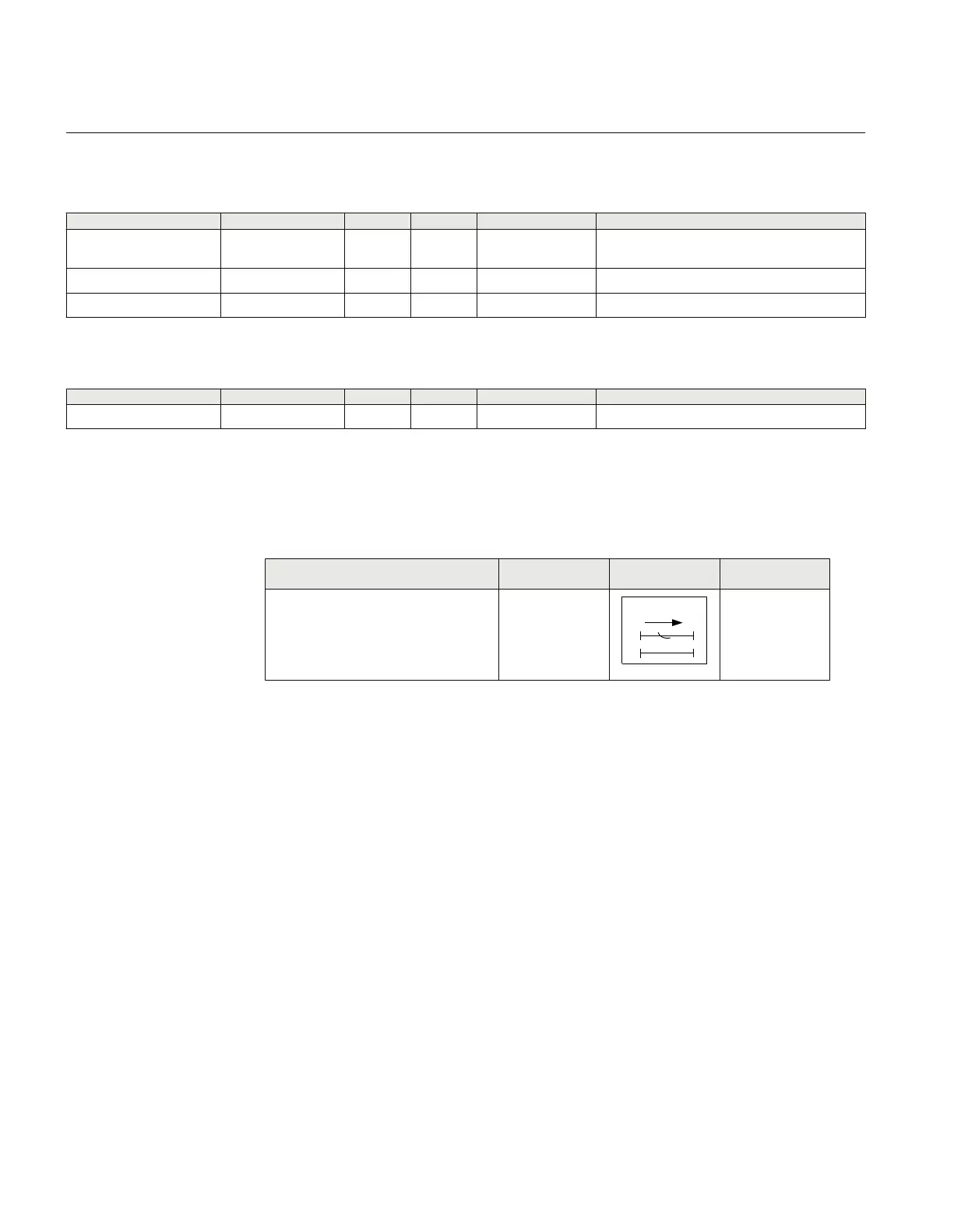3.7.3.3 Setting parameters
Table 92: EFPIOC (50N) Group settings (basic)
Name Values (Range) Unit Step Default Description
Operation Disabled
Enabled
- - Disabled Disable/Enable Operation
IBase 1 - 99999 A 1 3000 Base current
Pickup 1 - 2500 %IB 1 200 Operate residual current level in % of IBase
Table 93: EFPIOC (50N) Group settings (advanced)
Name Values (Range) Unit Step Default Description
MultPU 0.5 - 5.0 - 0.1 1.0 Multiplier for operate current level
3.7.4 Four step residual overcurrent protection, zero, negative
sequence direction EF4PTOC (51N/67N)
Function description IEC 61850
identification
IEC 60617
identification
ANSI/IEEE C37.2
device number
Four step residual overcurrent
protection
EF4PTOC
TEF-REVA V1 EN
51N/67N
3.7.4.1 Application
The four step residual overcurrent protection EF4PTOC (51N_67N) is used in several
applications in the power system. Some applications are:
In many applications several steps with different current pickup levels and time delays
are needed. EF4PTOC (51N_67N) can have up to four, individual settable steps. The
flexibility of each step of EF4PTOC (51N_67N) is great. The following options are
possible:
Non-directional/Directional function: In some applications the non-directional
functionality is used. This is mostly the case when no fault current can be fed from the
protected object itself. In order to achieve both selectivity and fast fault clearance, the
directional function can be necessary. This can be the case for ground-fault protection
in meshed and effectively grounded transmission systems. The directional residual
overcurrent protection is also well suited to operate in teleprotection communication
schemes, which enables fast clearance of ground faults on transmission lines. The
Section 3 1MRK504116-UUS C
IED application
422
Application manual

